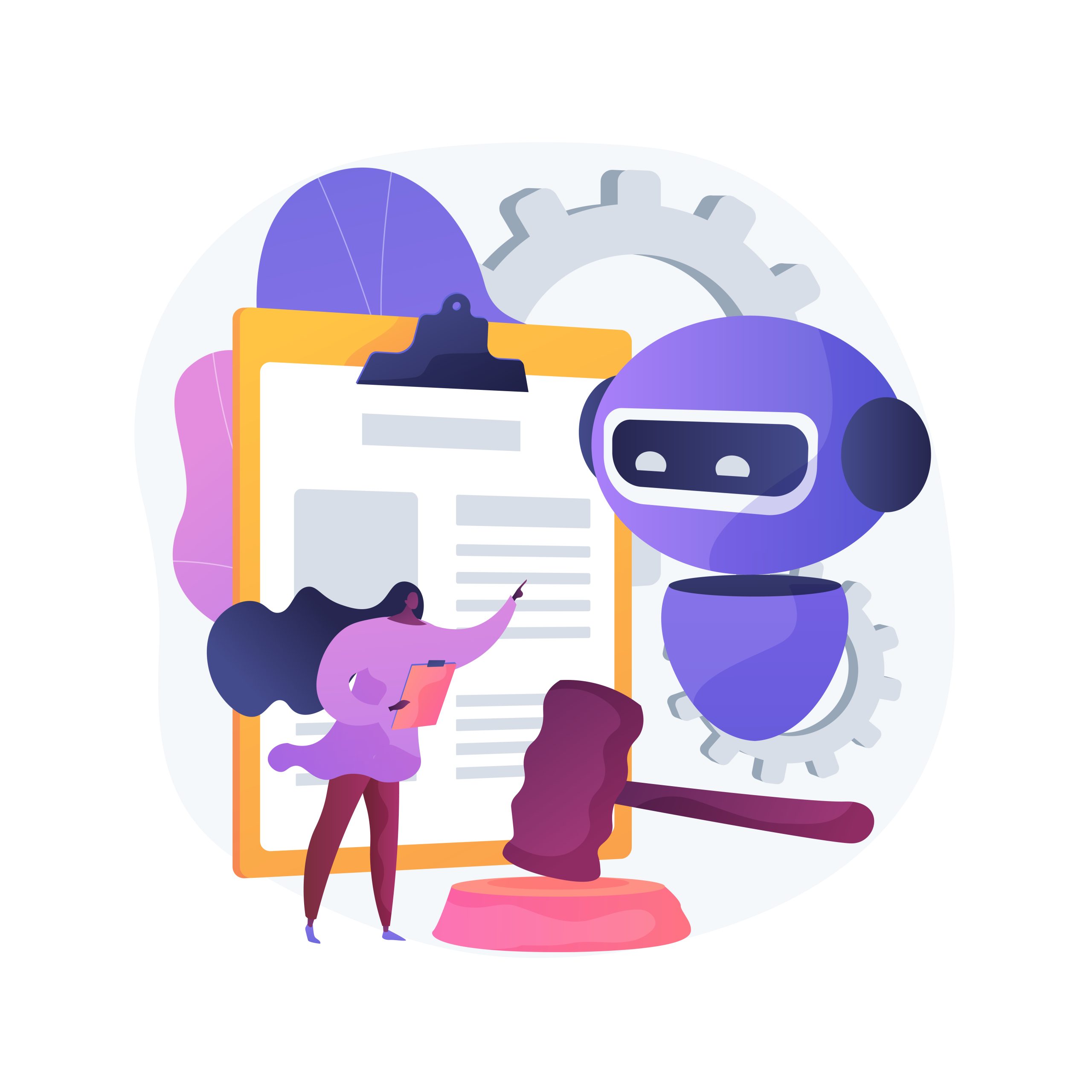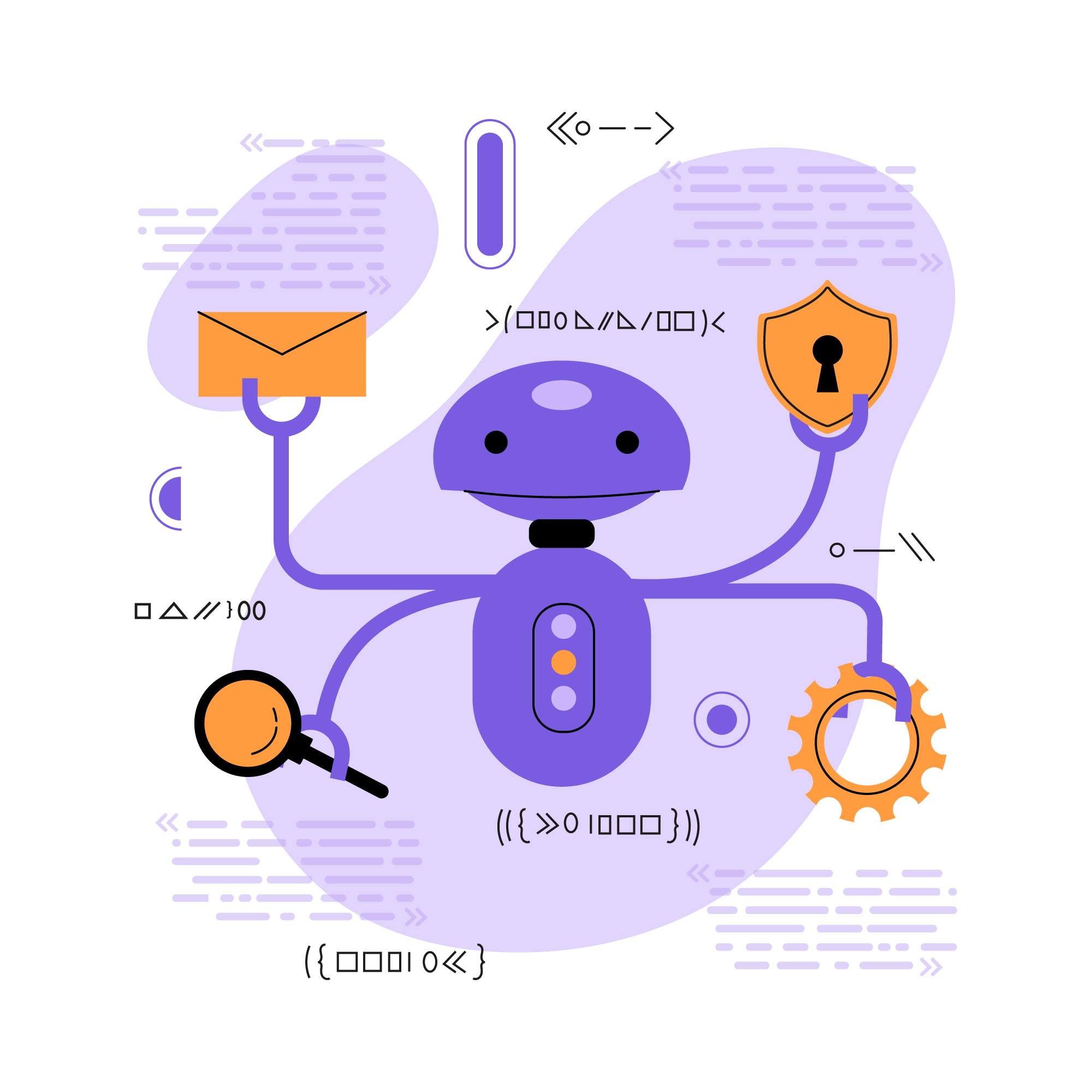What Role Does Memory Play in Agentic AI Systems?
Think about how you operate each day. You remember your schedule, the faces you meet, and lessons from yesterday’s mistakes. Without memory, every morning would be a clean slate, and learning would be impossible.Now imagine an AI system that can plan, act, and make decisions but forgets everything after each interaction. It would be intelligent only for a moment, not across time. That’s why memory is at the core of every agentic AI system.In this article, we’ll unpack how memory transforms AI from a reactive tool into an adaptive, goal-driven agent. You’ll learn what types of memory exist, how they work, and what challenges engineers face when designing memory-rich AI systems.What Exactly Is an Agentic AI System?Before diving into memory, it’s worth clarifying what “agentic AI” means.An agentic AI system is a system that doesn’t just respond to commands but acts with intent. It plans over multiple steps, adjusts to feedback, and carries goals across time. Unlike a simple chatbot that answers one question and resets, an agentic system has persistence. It remembers context, tracks progress, and makes decisions that build on earlier outcomes.This persistence is what allows it to behave less like a calculator and more like a co-worker who learns on the job. But to be persistent, it must have a memoryWhy Memory Is Fundamental to Agentic AIIn human terms, memory connects our past to our present. For AI agents, the same principle holds true. Here’s why memory isn’t just helpful but essential.1. Maintaining Context Over TimeAn agent without memory has no continuity. It can’t recall what was said five minutes ago or what decision it made yesterday. Memory allows an AI agent to maintain context so that its actions and responses feel coherent across sessions.2. Learning From ExperienceAgents that remember can improve. They analyze previous outcomes, note what worked and what failed, and adapt their strategies. That’s how autonomous systems gradually become more efficient.3. Multi-Step Reasoning and PlanningMany tasks require long sequences of reasoning. For example, an AI personal assistant planning a project timeline must track dependencies across weeks. Without memory, every step would have to be recalculated from scratch.4. Personalization and AdaptationConversational agents that remember user preferences can offer personalized help. They can recall tone, choices, and recurring problems, making interactions feel human.5. Coordination Among Multiple AgentsIn systems with several agents, shared or networked memory helps each one understand what others have done. This collective awareness improves coordination and avoids redundant actions.Memory is therefore the difference between intelligent reactions and intelligent continuityThe Different Kinds of Memory in Agentic AIJust like the human brain, an AI system doesn’t rely on one uniform type of memory. It uses several layers that work together.1. By TimeframeShort-term or working memory: Holds immediate information, such as the last few user messages or recent observations. It’s fast but temporary.Mid-term or episodic memory: Stores experiences or events that can later be recalled as “episodes.” Useful for tasks that extend over several sessions.Long-term memory: Contains durable knowledge, learned rules, or summarized lessons from experience. It’s what allows the agent to grow wiser over time.2. By FunctionSemantic memory: Facts, concepts, or world knowledge that remain stable.Procedural memory: Skills and routines that tell the agent how to act.Reflective memory: Insights about its own performance or reasoning patterns.Summarized memory: Compressed representations that retain meaning while saving space.3. By StructureVector or embedding memory: Stores knowledge as numerical representations, retrieved through similarity search.Symbolic memory: Uses structured data or graphs with explicit relationships.Hybrid memory: Combines the two, balancing flexibility and precision.Hierarchical memory: Organizes information into layers so the agent can recall both summaries and detailed records.Researchers are already experimenting with architectures like MemoryOS (which organizes short-, mid-, and long-term layers) and HEMA, inspired by how the hippocampus in the brain manages memory.How Memory Works Inside an Agentic SystemSo, how does this actually function in code or architecture?1. Storage and IndexingMemories are stored as records, embeddings, or graph nodes, each with timestamps and metadata. A memory database (for example, a vector store) lets the agent search for relevant entries by meaning, not just by keywords.2. Ingestion and UpdatingWhen the agent encounters new information, it decides what to store. Designers often use salience filters that score the importance of an event. Less relevant data might decay or be deleted over time. Some systems periodically summarize recent experiences into compact lessons. This prevents the memory base from growing uncontrollably.3. Retrieval and UseWhen the agent needs to make a decision, it performs a memory query. Retrieved items are ranked by relevance and recency, then fed into the reasoning process. A hierarchical approach is often used: the system starts with a general summary and drills into details if needed.4. Integration With ReasoningMemory interacts closely with planning modules or language models. Retrieved context is included in prompts, helping the AI stay consistent. It can also enforce constraints, like “avoid repeating errors” or “follow the last known goal.”5. Reflection and ConsolidationAdvanced agents include a reflection loop: after each task, they analyze what went well, update memory summaries, and sometimes rewrite their own lessons. This resembles a human journaling process.Real-World Examples of Memory in ActionKARMA for Embodied AgentsIn robotics, KARMA pairs short-term and long-term memory. The short-term layer tracks immediate sensor data, while the long-term layer retains maps of the environment. Robots using KARMA plan paths more efficiently because they remember previous obstacles.G-Memory for Multi-Agent SystemsG-Memory structures shared information across multiple agents in a graph hierarchy. Each node records interactions, queries, and outcomes, letting agents collaborate effectively without direct supervision.HEMA for Conversational AgentsHEMA blends compact summary memory with episodic memory to maintain consistent, context-aware conversations over hundreds of dialogue turns. It’s particularly good at balancing recall and speed.These cases show that memory isn’t just a theoretical concept. It has measurable impacts on performance and realism.The Tough Parts: Challenges in Designing AI MemoryMemory sounds perfect, but it comes with trade-offs.Scalability: Memory databases can grow endlessly. Without good summarization, systems slow down.Relevance and retrieval precision: Too many memories cause confusion; too few lead to forgetfulness.Forgetting strategy: Deciding what to erase is tricky. Sometimes a small detail later becomes crucial.Conflicting information: Agents may store contradictory data from different contexts.Privacy and ethics: When user data is stored long term, developers must ensure compliance and transparency.Evaluation metrics: There’s no universal benchmark to measure memory quality or retention effectiveness.Researchers continue to test adaptive forgetting, context-aware ranking, and hybrid retrieval models to balance these issues.Best Practices for Building Memory-Aware AgentsIf you’re designing or evaluating an agentic AI, here are practical guidelines:Start small with short-term memory before expanding.Summarize regularly to keep memory compact.Combine embedding retrieval with structured metadata for higher accuracy.Store only information above a relevance threshold.Implement automatic aging for unused memories.Use contextual filters that adapt retrieval to the current goal.Include reflection routines for memory cleanup and self-correction.Separate user-specific data from general knowledge for privacy.Test and monitor memory performance continuously.A well-built memory system is not static; it’s an evolving component that grows with the agent’s experience.In the end, memory is what gives agentic AI systems their sense of self and continuity. It allows them to connect experiences, refine strategies, and act coherently across time.As the field matures, we’ll see more refined forms of memory: hybrid architectures, context-aware forgetting, and shared multi-agent knowledge. The goal is simple yet profound to build AI that remembers just enough to act wisely.If you’re exploring how to add memory to your own agentic system, start small, measure outcomes, and let the agent learn from its own history. That’s where intelligence becomes evolution.
Learn More >





